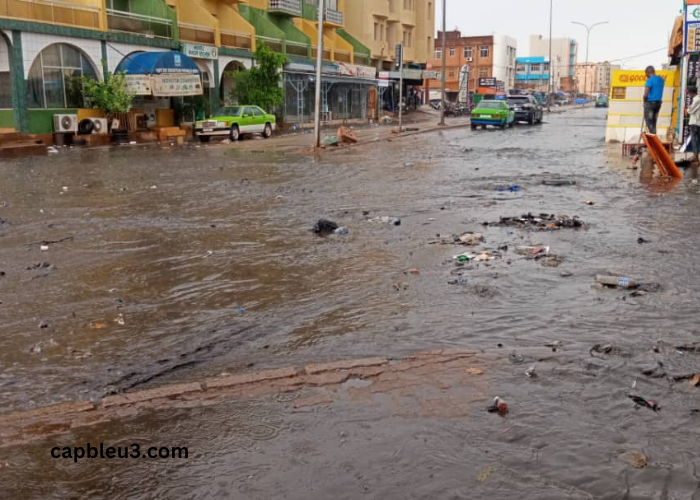
In the vibrant city of Ouagadougou, the capital of Burkina Faso, weather patterns can greatly influence daily life, from outdoor activities to agricultural practices. Among the various weather phenomena experienced in Ouagadougou, rainfall holds particular significance due to its impact on water resources, infrastructure, and livelihoods. In this comprehensive guide, we delve into the intricacies of weather forecasting in Ouagadougou, focusing specifically on predicting and preparing for rain showers.
Understanding Rainfall Patterns in Ouagadougou
Ouagadougou experiences a tropical savanna climate, characterized by distinct wet and dry seasons. The rainy season typically spans from June to October, bringing relief from the sweltering heat with frequent rain showers and thunderstorms. During this period, precipitation is essential for agriculture, replenishing groundwater reserves and sustaining local ecosystems. Conversely, the dry season, which extends from November to May, is characterized by minimal rainfall and high temperatures, posing challenges for water management and agricultural productivity.
Factors Influencing Rainfall in Ouagadougou
Several factors influence rainfall patterns in Ouagadougou, including the Intertropical Convergence Zone (ITCZ), local topography, and global climate phenomena such as El Niño and La Niña. The ITCZ, a region of low pressure near the equator, plays a significant role in determining the onset and intensity of the rainy season in Ouagadougou, while local topography can create microclimates and influence precipitation distribution within the city.
Methods of Rainfall Prediction
Meteorologists use a variety of techniques to predict rainfall in Ouagadougou, ranging from satellite imagery and weather radar to numerical weather models and historical data analysis. These methods allow forecasters to anticipate rainfall events with varying degrees of accuracy and lead time, helping residents and authorities prepare for potential impacts such as flooding, erosion, and crop damage.
Importance of Weather Forecasting
Accurate weather forecasting is essential for residents, businesses, and policymakers in Ouagadougou to make informed decisions and mitigate risks associated with rainfall. Farmers rely on weather forecasts to plan planting and harvesting activities, while urban planners use rainfall predictions to design resilient infrastructure and drainage systems. Additionally, timely weather information enables emergency responders to coordinate disaster preparedness and response efforts, minimizing the impact of rain-related hazards on public safety and property.
Tools and Resources for Rainfall Forecasting
Residents of Ouagadougou have access to a variety of tools and resources for staying informed about rainfall forecasts. Local meteorological agencies provide updates via radio broadcasts, television channels, and online platforms, offering real-time weather information and alerts. Additionally, mobile applications and weather websites offer interactive maps, hourly forecasts, and customizable notifications, empowering individuals to plan their activities and stay safe during rainy days.
Agricultural Productivity: Rainfall forecasts play a vital role in agricultural planning and management in Ouagadougou. Farmers rely on timely weather information to determine optimal planting dates, select appropriate crop varieties, and implement irrigation strategies during dry spells. By aligning agricultural activities with rainfall patterns, farmers can maximize yields, minimize crop losses, and sustainably manage water resources.
Water Resource Management: Rainfall forecasts inform water resource management strategies in Ouagadougou, where access to clean water is essential for drinking, sanitation, and irrigation. By anticipating rainfall events and potential flooding, water authorities can implement measures to capture and store rainwater, replenish reservoirs, and mitigate the risk of waterborne diseases. Additionally, accurate rainfall predictions help inform drought preparedness and response efforts, ensuring that communities have adequate water supplies during periods of water scarcity.
Conclusion
Navigating rainfall in Ouagadougou requires a combination of scientific knowledge, technological tools, and community resilience. By understanding rainfall patterns, leveraging weather forecasting resources, and adopting proactive measures, residents and stakeholders can adapt to changing weather conditions and mitigate the impact of rain-related hazards on daily life. Whether it’s preparing for agricultural activities, managing urban infrastructure, or ensuring public safety, accurate weather forecasting plays a crucial role in building climate resilience and sustainable development in Ouagadougou.